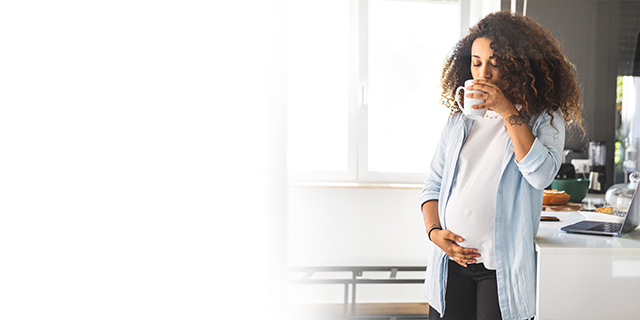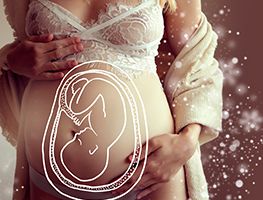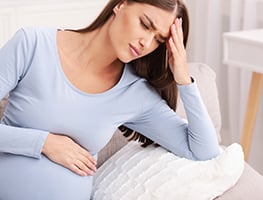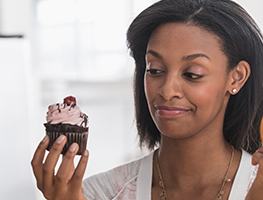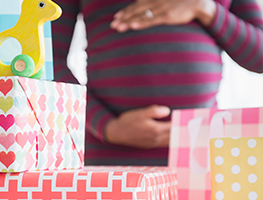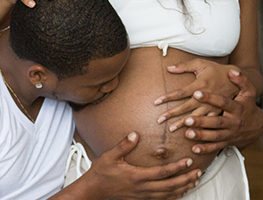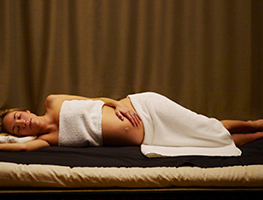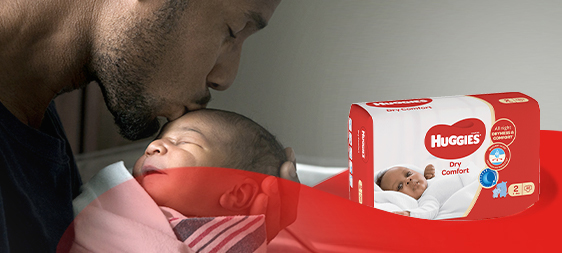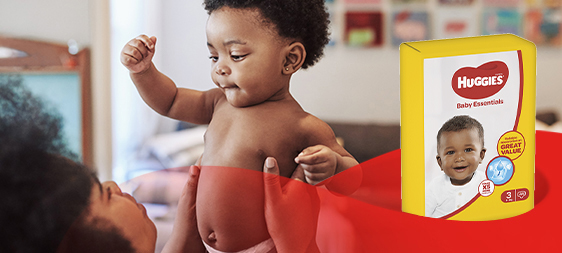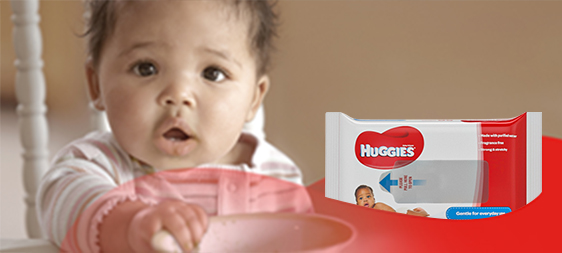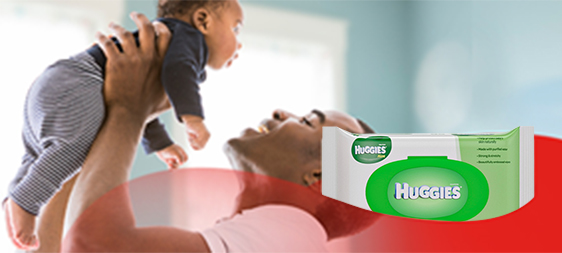No wonder millions of people around the world drink it: caffeine-containing beverages, such as coffee and tea, are the most popular psychoactive drug. But should we be concerned about the ever-increasing array of drinks that contain caffeine?
Caffeine facts
Caffeine is found in the leaves and beans of the coffee tree, in tea leaves and in small amounts in cocoa and the kola nut. Caffeine also turns up as an ingredient in cold medications, appetite suppressants and pain relievers, and can be helpful against some headaches and of course to combat drowsiness.
Surprisingly, it is the leaves of the tea plant that contain the most caffeine, around 3-5% compared to 1–2% for coffee beans. Plants cleverly use caffeine for survival as it repels many insects.
As most of us know, caffeine stimulates our central nervous system (CNS), helping to keep us alert (that get-up-and-go feeling) and overcome listlessness.
What’s in your cup?
Depending on what you read, the amount of caffeine in food will vary. A 250 ml cup of tea varies from 65–105 mg of caffeine. A determining factor is how the tea is made. Steeping time, leaf size and the temperature of the water, all affect the caffeine content of a cup of tea.
Coffee beans come in two flavours: Robusta, which has more caffeine, and Arabica. A 250 ml cup of drip-percolated coffee typically has a caffeine content of 105–240 mg; while instant coffee has 80–120 mg per 250 ml, depending on the brand. An espresso comes in at around 105-110 mg per 250ml.
What about chocolate?
A 200 g slab of chocolate contains the equivalent of about 460-1100 mg of combined methylxanthines (caffeine-like compounds and other stimulants). A 55 g bar has between 3–50 mg caffeine. Dark chocolate contains more caffeine and methylxanthines than milk chocolate. This may be something to note if you have a child who is overly active and enjoys the odd chocolate bar.
Soft drinks
Given that teenagers are the ones who consume great amounts of soft drinks, their caffeine intake is something to keep an eye on.
A 375 ml cola drink contains around 40-50 mg of caffeine while a 250 ml energy drink contains around 50–80 mg caffeine – about the same as a cup of instant coffee. No wonder we have trouble keeping up with our teenagers!
The rate at which your body metabolises caffeine depends on your liver and its ability to deal with such drugs. While it’s been found that women can clear drugs such as caffeine from their liver faster than men, this is influenced by hormone levels and medications. It takes longer for women to clear such drugs when they are pregnant or on an oral contraceptive pill.
Caffeine is rapidly absorbed in less than an hour. After this, it has a half-life (time until your body can get rid of it, or its effects wear off) of 2½-4½ hours.
Note: Caffeine content is highly unpredictable in coffee and tea, especially in tea. Preparation is a huge factor and colour is a very poor indicator of caffeine content. Even the approximate caffeine contents assigned to teas are generally very inaccurate.

